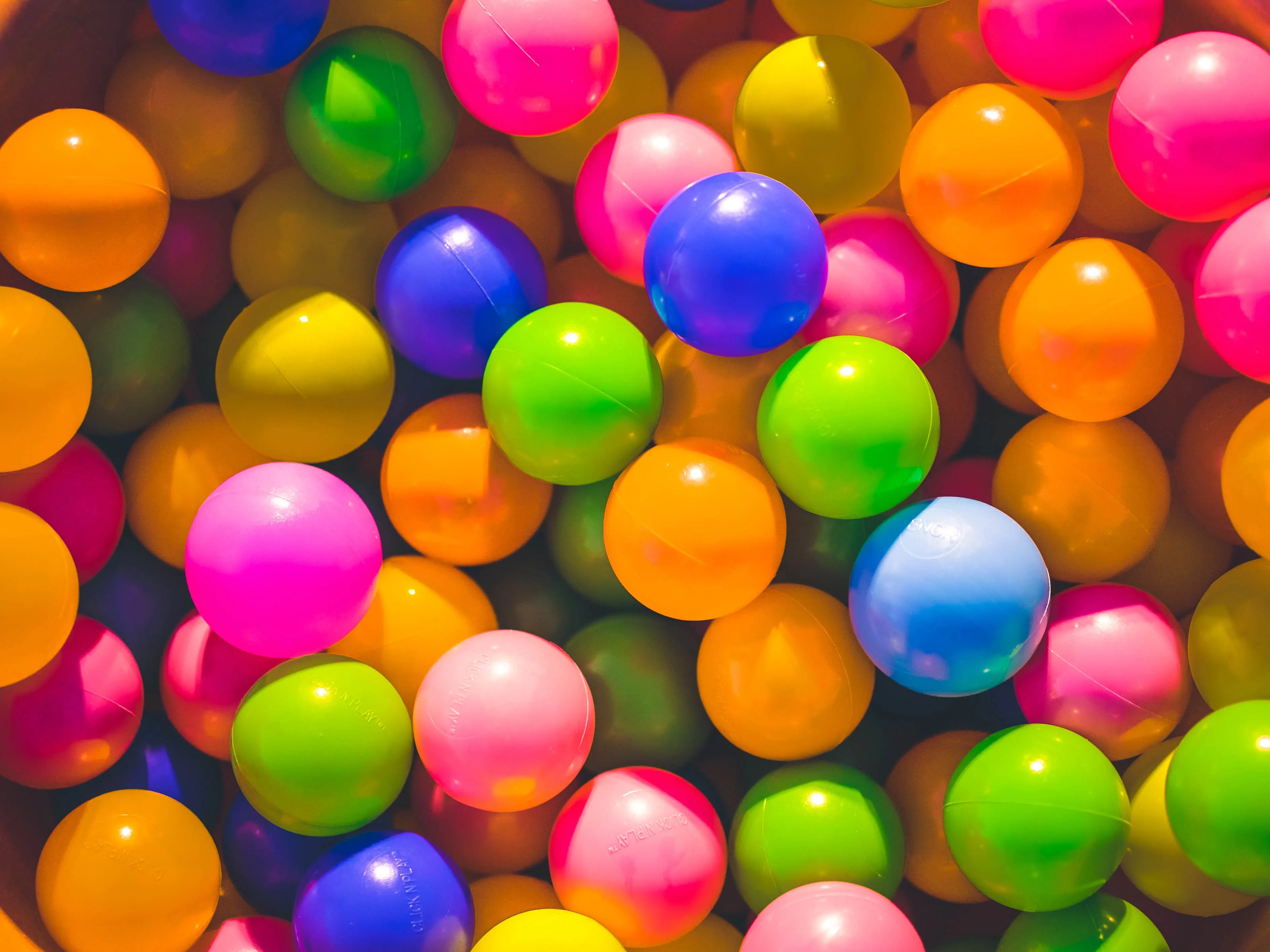The Art of Color in Web Design: Psychology and Best Practices
04/04/2023Color is a powerful tool in web design. It can evoke emotions, influence decisions, and guide user behavior. In this article, we'll explore the psychology behind colors and provide practical advice on how to choose the right color schemes for your website.
Understanding Color Psychology
Colors have a profound impact on our feelings and perceptions. As the famous designer, Leatrice Eiseman , puts it, "Color is a universal, nonverbal language, and we all intuitively know how to speak it." Here, we'll delve into the emotions and associations commonly linked to different colors:

Red: Often associated with
passion
and
urgency, red can be used to draw attention to important elements on your
website.
Blue: Known for
trustworthiness
and
calmness, blue is a popular choice for corporate and professional websites.
Green: Symbolizing
growth
and
health, green can be effective for eco-friendly and health-related
sites.
Yellow: Radiates
happiness
and
optimism, making it suitable for websites focused on creativity and
positivity.

Choosing the Right Color Palette
Now that we understand the psychology behind colors, let's discuss how
to select the perfect color palette for your website:
Your Brand: Your color scheme should align with your
brand identity and values.
Audience Matters: Understand your target audience and
choose colors that resonate with them.
Contrast for Readability: Ensure text and background
colors provide sufficient contrast for readability.
A/B Testing: Experiment with different color
combinations to see what resonates best with your users.

Best Practices for Web Design
Limit Your Palette: Stick to a small number of colors
to avoid overwhelming visitors.
Consistency is Key: Maintain a consistent color
scheme across your site for a cohesive look.
Accessibility: Ensure your color choices consider
accessibility standards to cater to all users.
Use Color for Hierarchy: Employ color to highlight
important elements and guide users through your content.

Conclusion
As you design your website, remember that color isn't just about aesthetics; it's a powerful tool for conveying emotions and influencing user behavior. By understanding color psychology and applying best practices, you can create a visually appealing and effective website that resonates with your audience.
